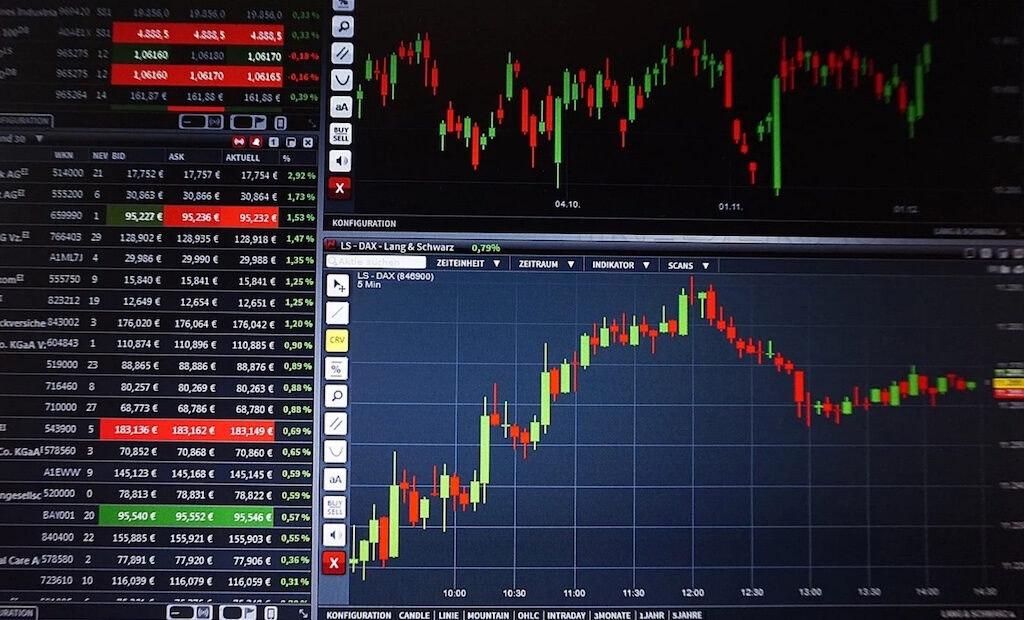Evaluating the relationship between USDT and TRX amidst FLR price predictions

In the dynamic world of cryptocurrency, stablecoins like USDT (Tether) and native tokens like TRX (Tron) play crucial roles in trading and market liquidity. Additionally, the emergence of new tokens such as FLR (Flare) has introduced new dynamics that can influence trading strategies and market behaviour. This article aims to analyse the correlation between USDT and TRX, particularly during periods of significant price changes in FLR, providing insights that can help traders navigate this complex landscape.
Understanding USDT and TRX
What is USDT?
USDT, or Tether, is a stablecoin pegged to the US dollar, meaning its value is designed to remain stable at approximately $1. This stability makes USDT an essential tool for traders looking to hedge against volatility in other cryptocurrencies. By providing liquidity in trading pairs, such as USDT to TRX, USDT facilitates smoother transactions and allows investors to enter and exit positions without converting back to fiat currency. This capability is particularly valuable in the fast-paced crypto market, where quick conversions can be crucial for maximising profits and minimising losses.
What is TRX?
TRX is the native cryptocurrency of the Tron blockchain, a platform designed for decentralised applications (dApps) and content sharing. Tron aims to create a decentralised internet, enabling users to publish, store, and own data without intermediaries. TRX is used for various purposes within the Tron ecosystem, including transaction fees, staking, and governance.
The role of FLR in the cryptocurrency market
Introduction to FLR
FLR is the native token of the Flare Network, which aims to bring smart contract functionality to non-Turing complete blockchains like Bitcoin and XRP. By enabling these networks to interact with smart contracts, Flare enhances their utility and opens up new opportunities for developers and users alike.
Market impact
The price movements of FLR can significantly influence investor sentiment across the cryptocurrency market. As traders react to changes in FLR’s price – whether due to market news or broader economic factors – these reactions can indirectly affect trading behaviours related to other cryptocurrencies, including USDT and TRX.
Analysing the correlation between USDT and TRX
Historical data review
To understand the relationship between USDT and TRX, it’s essential to examine historical price movements. Over time, fluctuations in TRX prices often coincide with changes in USDT transaction volumes on exchanges. When TRX experiences significant price changes – either upward or downward – traders frequently turn to USDT as a safe haven or liquidity source.
Correlation analysis
Data analysis reveals a notable correlation between USDT’s stability and TRX’s trading activity. For instance, during periods when TRX prices are volatile, traders often increase their use of USDT to mitigate risks. Conversely, when TRX prices stabilise or rise consistently, there tends to be a corresponding increase in trading volume for TRX as traders feel more confident entering positions.
Impact of FLR price changes on USDT and TRX
Market reactions
Significant price changes in FLR can trigger various reactions within the broader cryptocurrency market. For example, if FLR experiences a sharp increase in value due to positive news or developments within the Flare Network, it may lead traders to reassess their portfolios. This reassessment often results in increased trading activity for both USDT and TRX as investors seek opportunities or attempt to secure profits.
Investor behaviour
Traders often adjust their strategies based on FLR price forecast. If predictions indicate a bullish trend for FLR, investors might allocate more capital towards TRX or other cryptocurrencies while using USDT as a means of transferring value quickly between trades. Conversely, bearish predictions for FLR could lead traders to liquidate positions in riskier assets like TRX in favour of holding more stable assets like USDT.
Case studies
Recent market trends
To illustrate these dynamics, consider recent events where FLR price fluctuations correlated with changes in both USDT and TRX values. For instance, during a recent surge in FLR’s price following a major development announcement from Flare Network, many traders shifted their focus from other altcoins back into USDT for liquidity purposes while also increasing their investments in TRX due to its established position within the market.
Data insights
Utilising data from platforms such as Cryptoquant or IntoTheBlock can provide further insights into these correlations during specific market events. For example, analysing transaction volumes of USDT on Tron-based exchanges during key moments can reveal how trader sentiment shifts in response to FLR price movements.
Conclusion
This analysis highlights the intricate relationship between USDT and TRX amidst the backdrop of FLR price predictions. Understanding how these cryptocurrencies interact can provide valuable insights for traders looking to navigate this complex market landscape effectively. By monitoring correlations between these assets – especially during significant price changes in FLR – traders can make more informed decisions that align with current market dynamics.
The editorial unit

























Facebook
Twitter
Instagram
YouTube
RSS